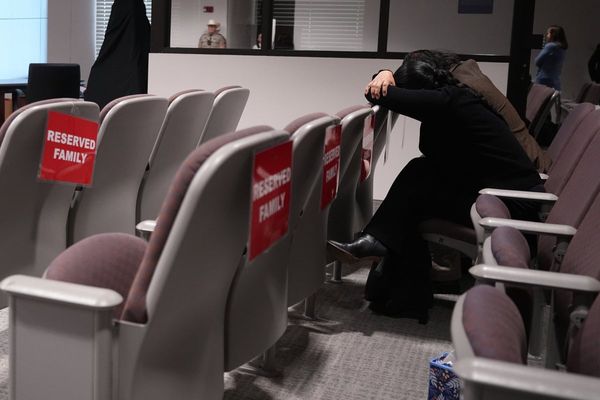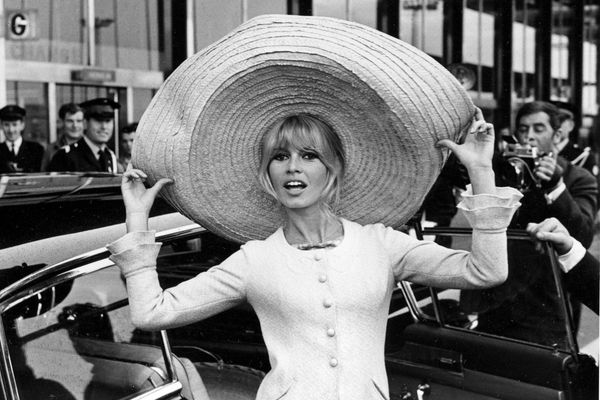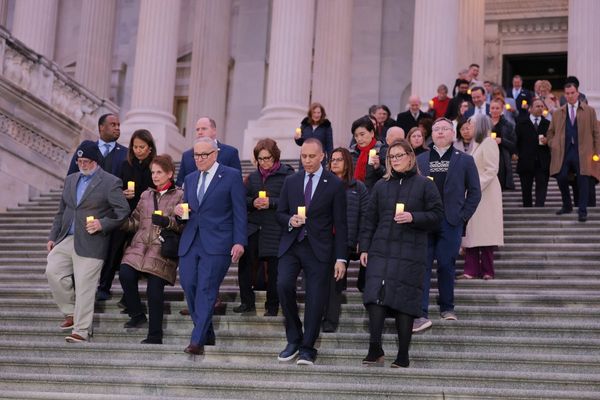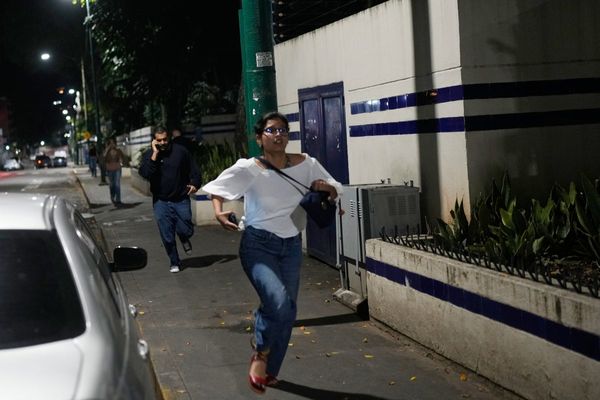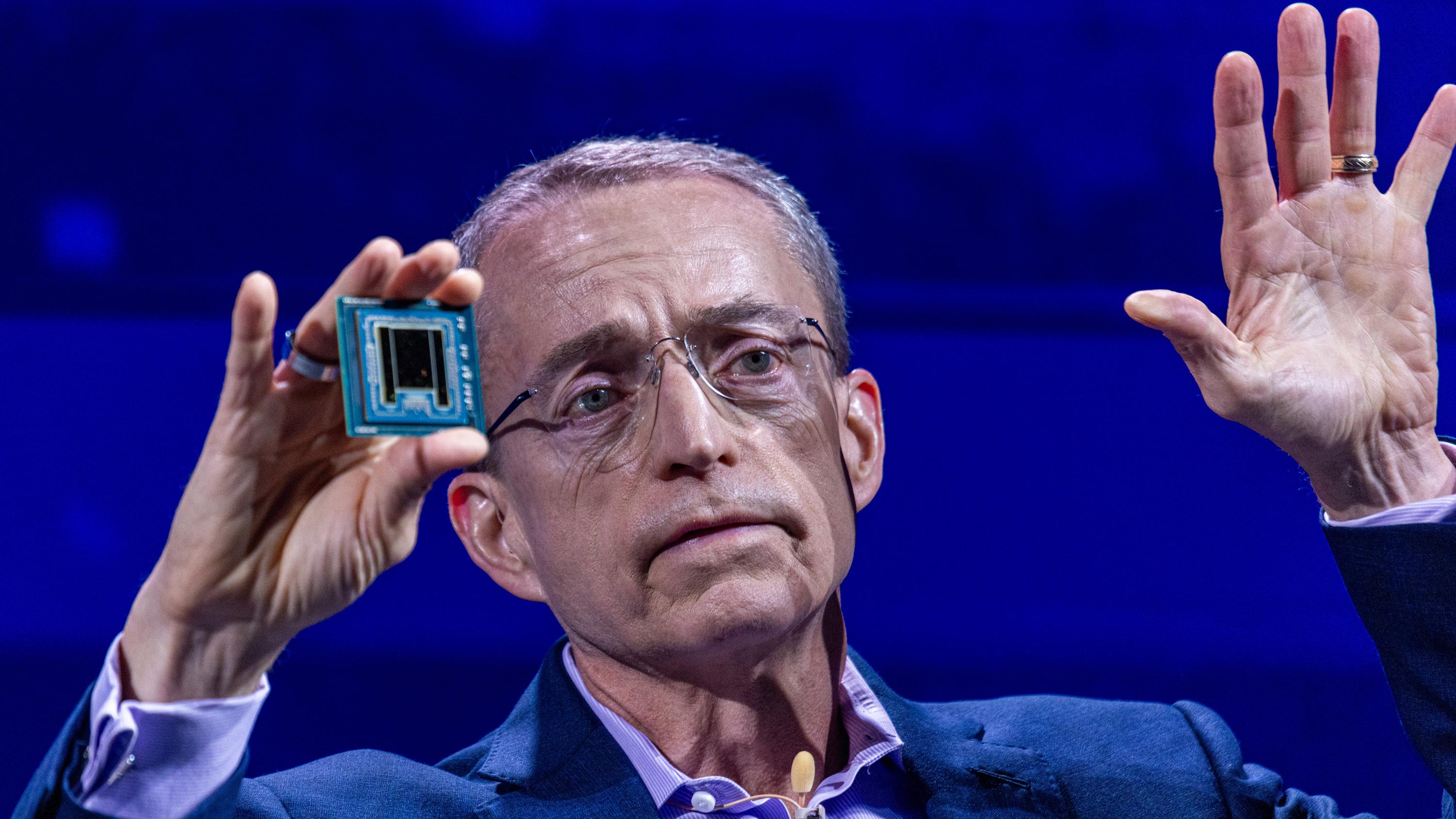
Former Intel CEO Pat Gelsinger has shed some light on why he suddenly departed the company earlier this year. Speaking at the Playground Global conference in Tokyo, Japan, Gelsinger hinted that his resignation from Intel was not voluntary.
"The decision to step down from Intel was an extremely difficult one. I wanted to finish what I started, but as you know, I was not given the opportunity," he said (quote translated from Japanese text originally shared by PC Watch).
That information is not surprising, though it is interesting to hear Gelsinger speak on the topic. Shortly after the former CEO announced his departure from Intel, a report by Bloomberg claimed Gelsinger was forced out by Intel's board.
According to multiple sources, Intel’s board told Gelsinger during a December meeting that his turnaround wasn’t progressing fast enough and presented him with an ultimatum: step down or be removed.
Gelsinger was a controversial figure during his time as Intel CEO. He spearheaded the company's IDM 2.0 strategy, which involved Intel starting its own foundry services business while also outsourcing chip production. The vision was to make Intel stand shoulder-to-shoulder with TSMC and Samsung, but plans did not pan out.
Whether IDM 2.0 was a flawed idea or simply required more time to work is up for debate. Based on Gelsinger's recent quote and previous statements, the former CEO believes there was a job to finish.
The early days of Intel Foundry Services saw Amazon, Qualcomm, and Microsoft place orders. In September 2024, Gelsinger announced a plan to establish Intel Foundry as an independent subsidiary of Intel. Just two months later, Gelsinger resigned.
Gelsinger's tenure as CEO included the company laying off 15,000 employees, a class action lawsuit about failing 13th Gen and 14th Gen CPUs, and a disastrous single quarter in which the chipmaker lost $1.6 billion. Intel Foundry was a major contributor to those losses.
Our colleagues at Tom's Hardware succinctly summarized that quarter by stating, "Products make money, manufacturing loses it."
Intel Foundry required heavy investment, so it was expected to lose money. Intel said its foundry business would not break even until 2027.
The question was if continuing to invest in Intel Foundry with Gelsinger at the helm would have eventually made a profit. That question will now go unanswered, as Gelsinger is no longer CEO. We could, however, see Intel shift its foundry services strategy in the future under the leadership of CEO Lip-Bu Tan.
"Together, we will work hard to restore Intel's position as a world-class products company, establish ourselves as a world-class foundry and delight our customers like never before," said Tan shortly after being announced as Intel CEO.
